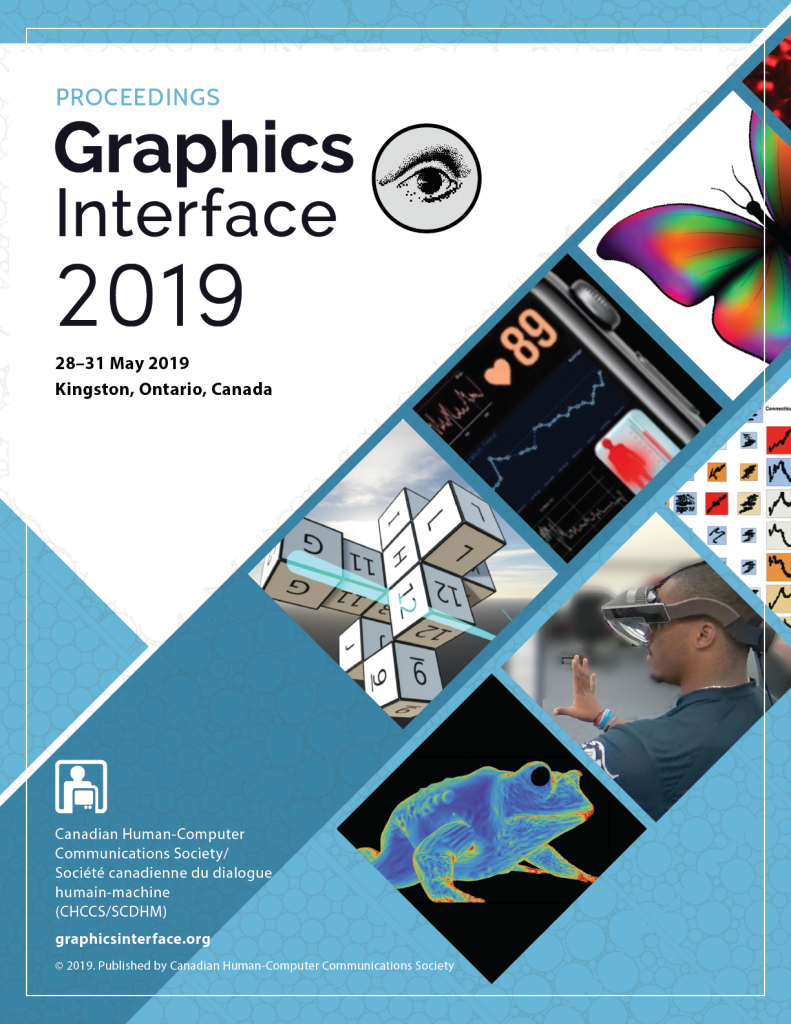BibTex
@inproceedings{Pafla:2019:10.20380/GI2019.21,
author = {Pafla, Marvin and Wong, Caroline and Gillis, Daniel and Pfeil, Ulrike and Scott, Stacey D.},
title = {Jumping on the Bandwagon: Overcoming Social Barriers to Public Display Use},
booktitle = {Proceedings of Graphics Interface 2019},
series = {GI 2019},
year = {2019},
issn = {0713-5424},
isbn = {978-0-9947868-4-5},
location = {Kingston, Ontario},
numpages = {9},
doi = {10.20380/GI2019.21},
publisher = {Canadian Information Processing Society},
}
Abstract
The fear of social embarrassment has been identified as a significant barrier to people’s interactions with public large interactive displays (PLIDs). Prior research has also shown that the presence of others at a display can help to mitigate this issue by drawing on people’s innate need to belong and social curiosity. This research investigates the potential to replicate this social effect, within the display itself, by drawing on prior interface design approaches that attempt to emulate the “bandwagon-effect”. This effect refers to the tendency for people to mimic the thoughts and behaviors of others. In a four-day field experiment, we deployed three different PLID interfaces featuring bandwagon and call-to-action design concepts. The study found that both the bandwagon and call-to-action designs were effective for engaging passersby, but each influenced different stages of the overall interaction process. We discuss the design implications of our findings, especially the need for socially-safe PLID interactions.





















































